Rare Photos Of New York's Chinatown In The 1980s Captured A Revolution
From 1981 to 1984 photographer Bud Glick worked on the New York Chinatown History Project.

The New York Chinatown History Project eventually came to be known as the Museum of Chinese in America. They currently have a number of Glick's photos in their archive.
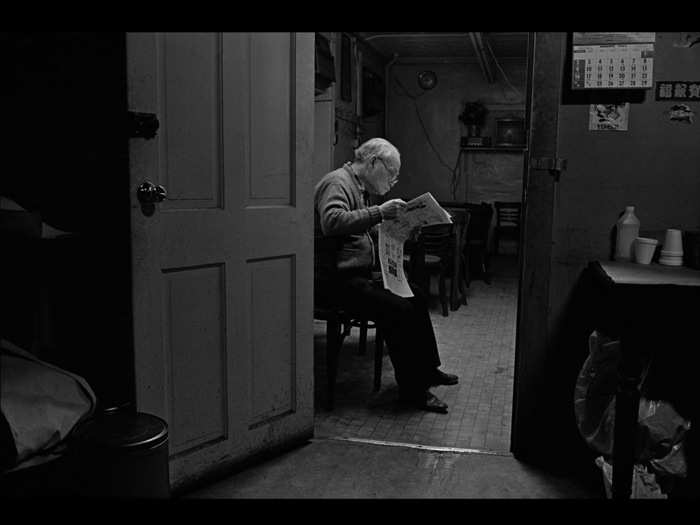
Glick was tasked with revealing in his photos a changing Chinatown, one undergoing a rapid demographic shift.
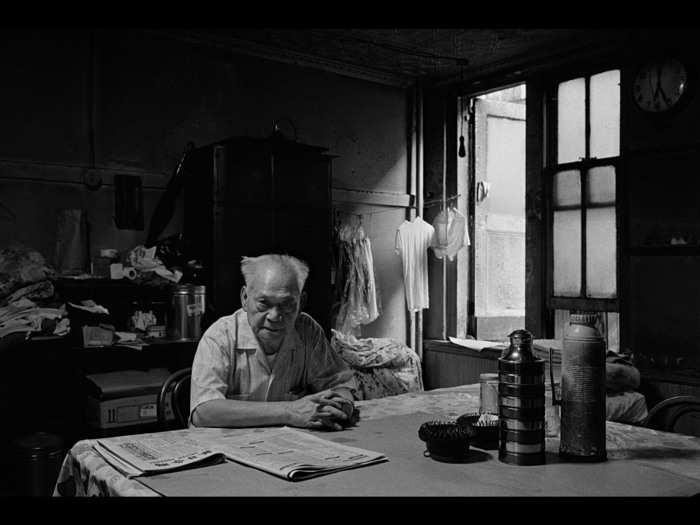
The primarily older, male generation who lived there were being joined by a much younger one.
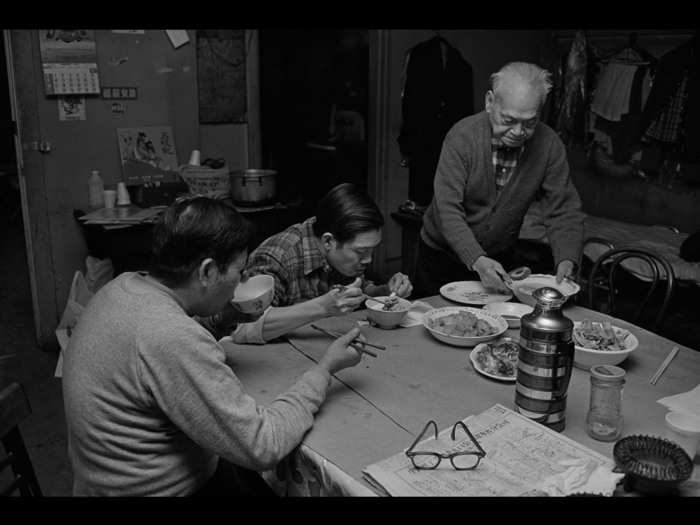
This younger generation consisted primarily of young families.
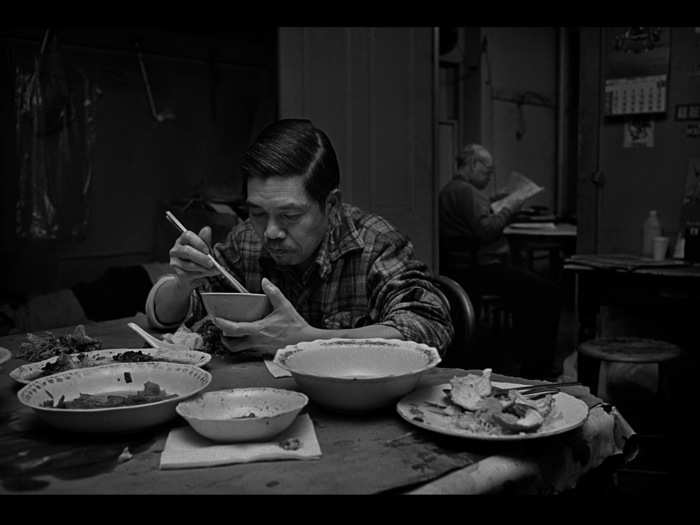
Newly emigrated from China, they were eager to cut out a place for themselves in New York.
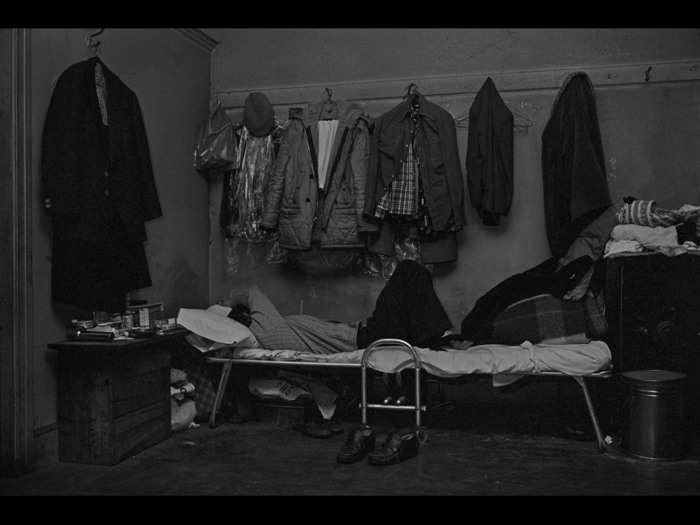
The rush of immigration to Chinatown occurred primarily due to a relaxation of immigration laws.
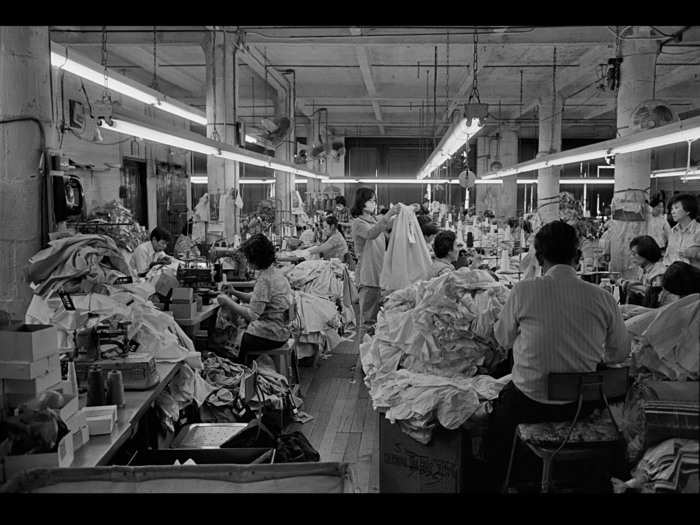
In order to get the photos, Glick first had to get familiar with the community that was his subject.
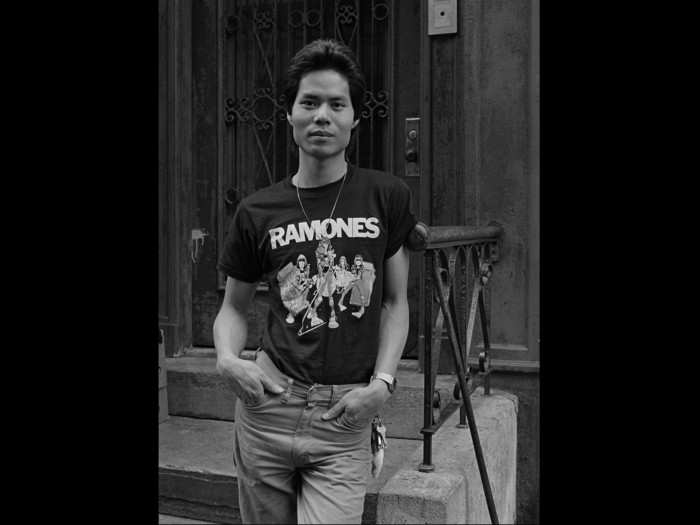
He took long walks around Chinatown, asking random strangers to take their portrait.
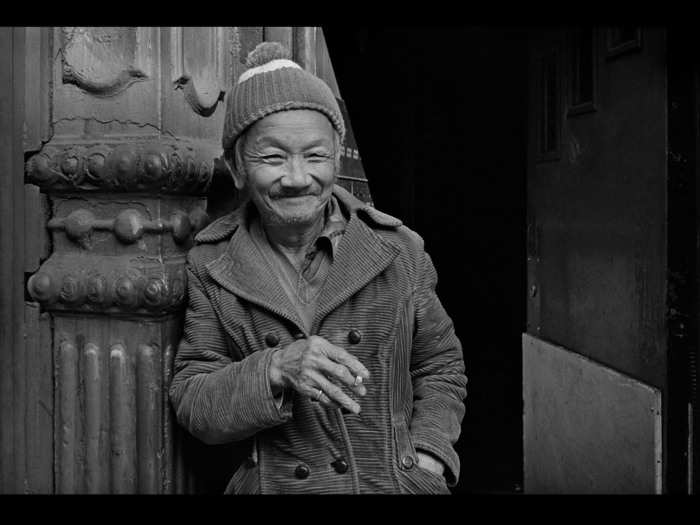
He wasn't successful at first. But, eventually, Glick was allowed and often even invited in to take portraits of his subjects in their own homes.
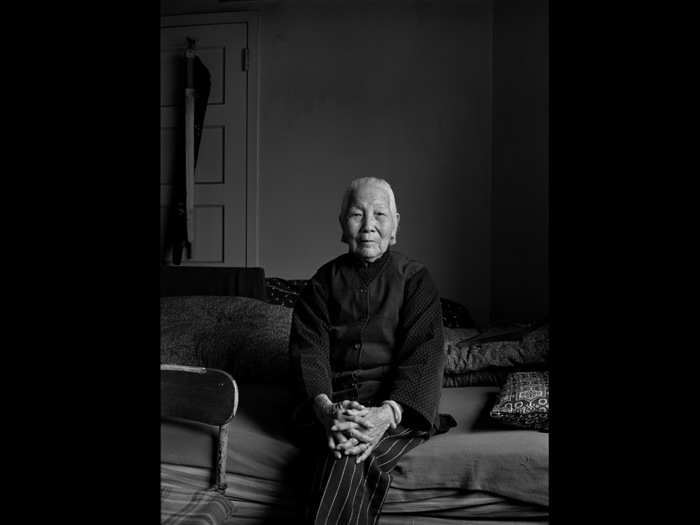
One of the themes that emerged from his pictures was Chinatown's "bachelor society."
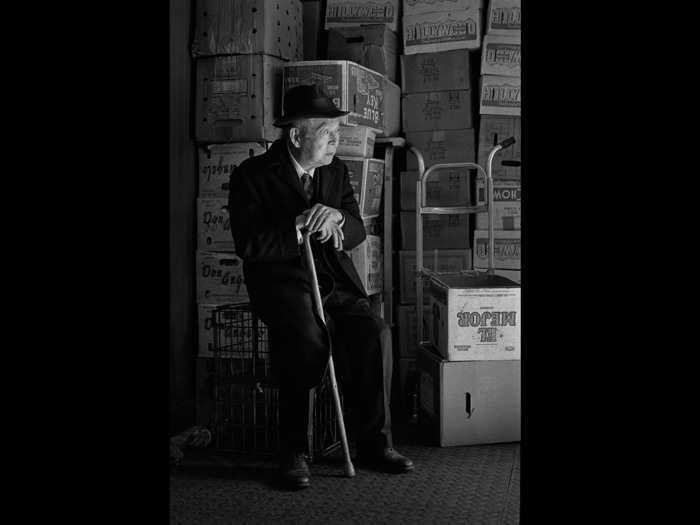
Restrictive immigration laws created a culture of many single men living alone in Chinatown.
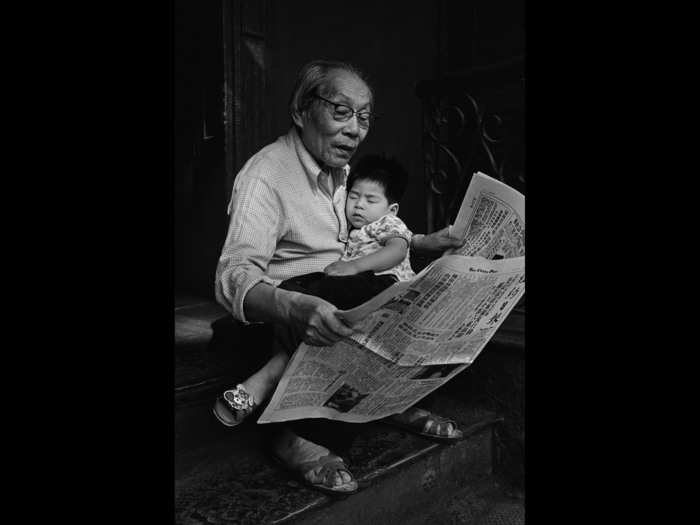
Only recently has Glick started revisiting his work from back then.

Now over 30 years old, the work has been scanned and digitized. Glick is even creating large prints of his photo series.
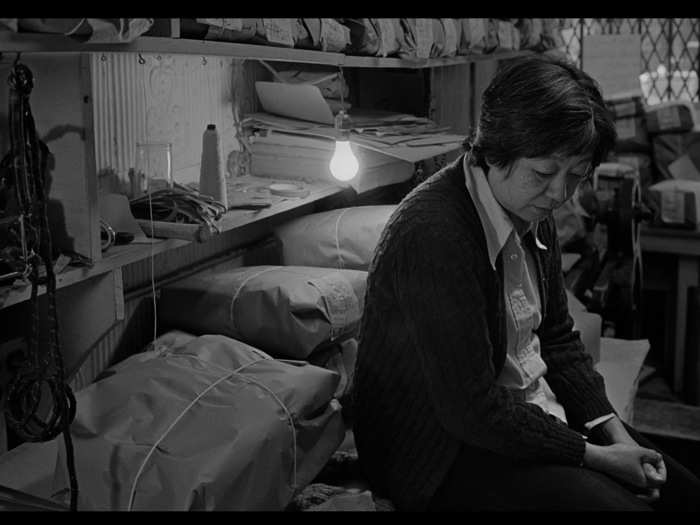
He told Business Insider that it is exciting for him to revisit work he has done so long ago.
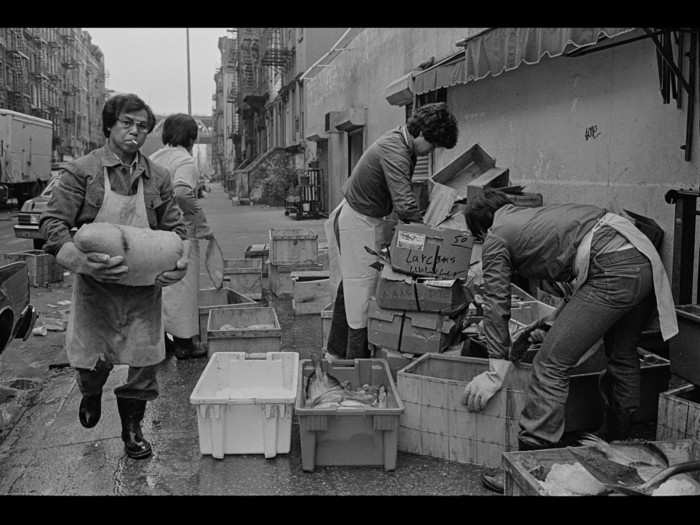
"I’m able to give new life to old work," Glick said.
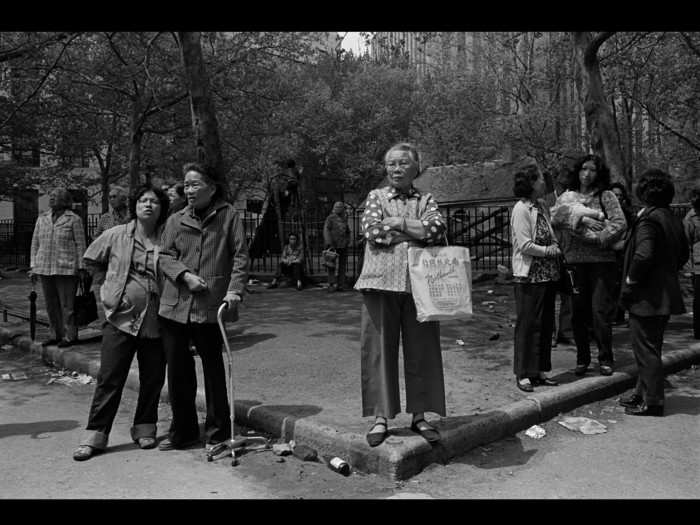
Glick also said he has been using digital techniques that allow him to get additional detail out of the photos, and actually get closer to his original intention.
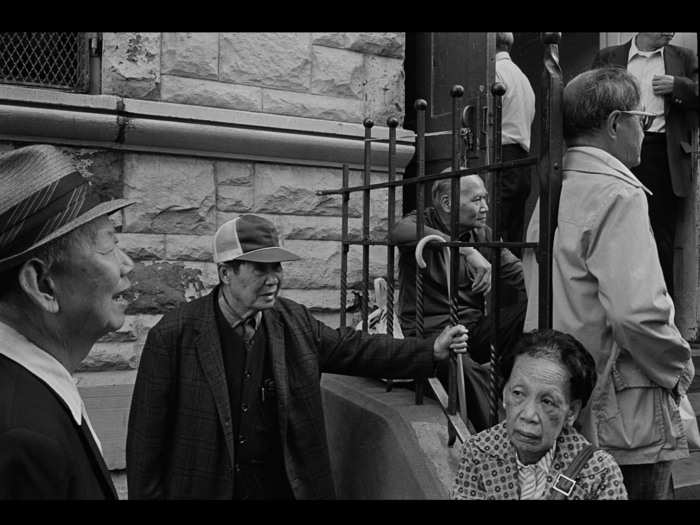
The new digital methods include scanning the negatives through a device that can extract way more information than a traditional darkroom.
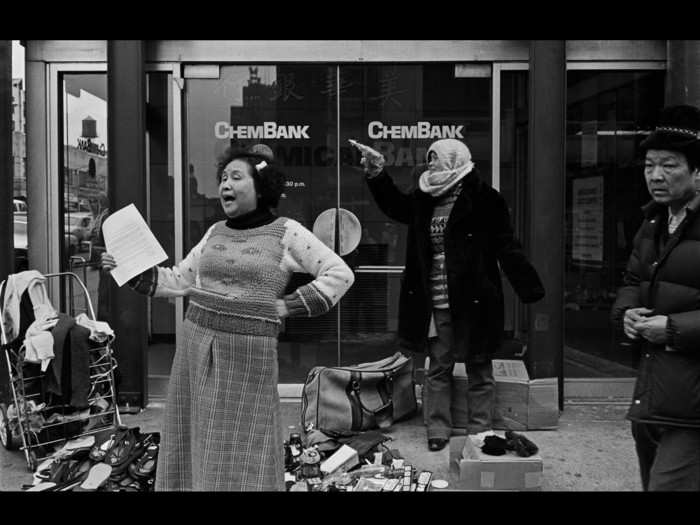
Glick then runs them through Photoshop, but doesn't use any kind of photo manipulation. Instead, he uses the program to shift the shadows and lighting to what he originally saw.
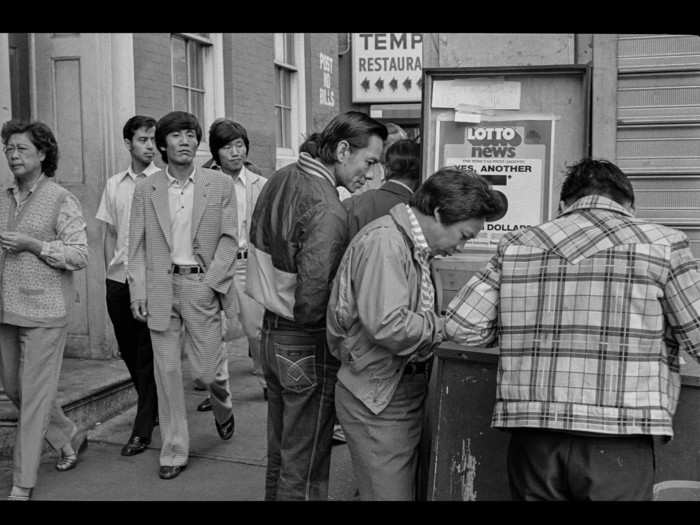
According to Glick, these photos are much closer to what he had originally envisioned for the project.
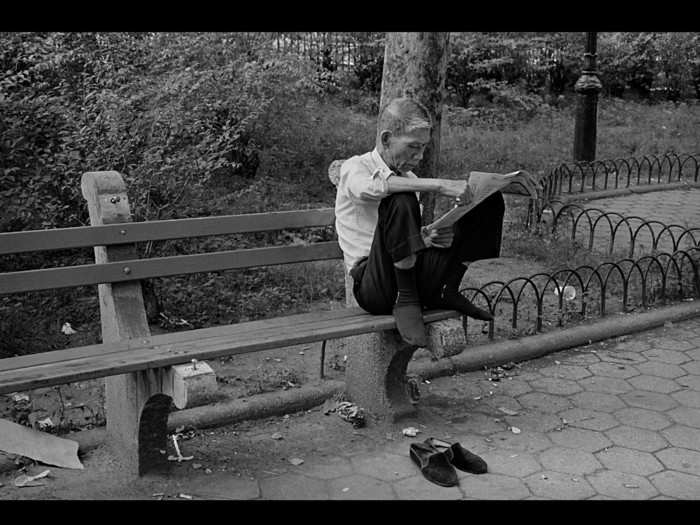
Time has also changed how Glick sees his project.
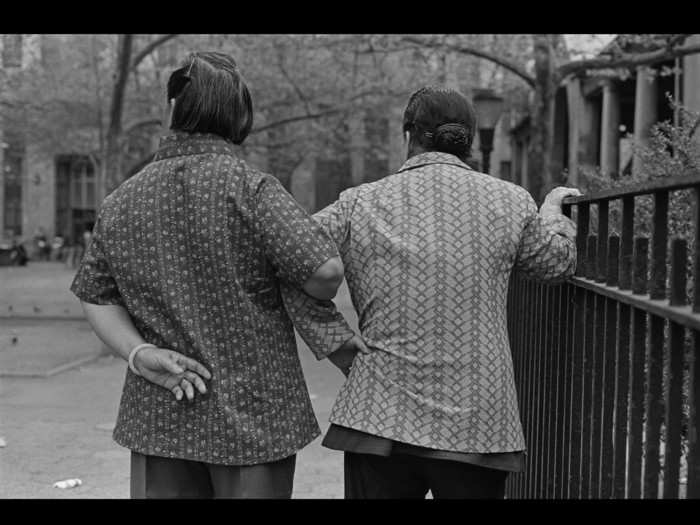
He told us that some of the images have taken on a new importance now that he can reflect.
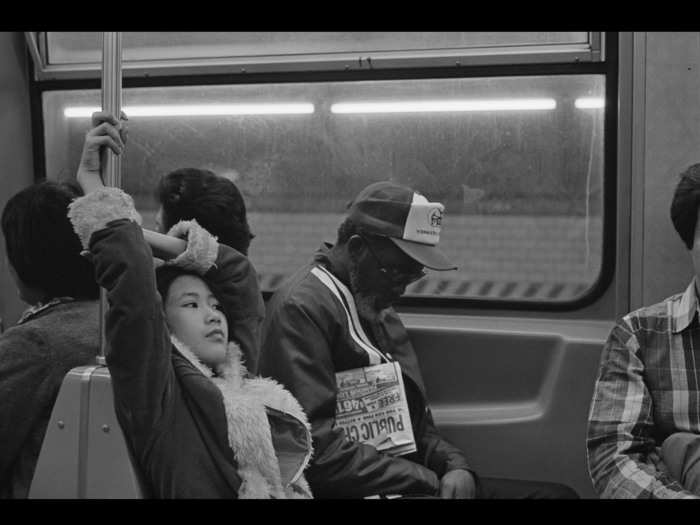
Though it was always intended to document a historic change in the demographic shift, it now looks much more like a time capsule.
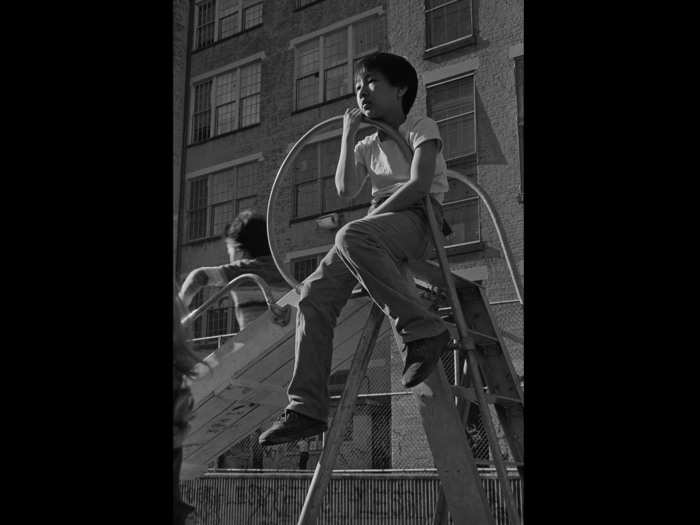
"What seemed current and normal to me at the time, now feels like a record of a different era," Glick explained.
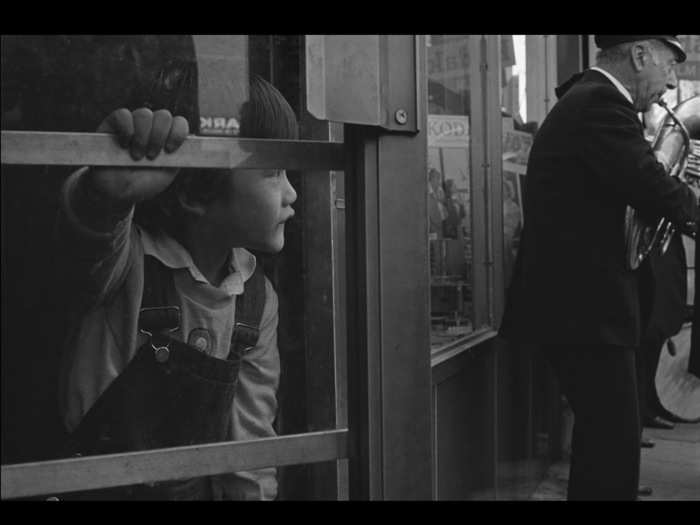
Indeed, Glick called this early 1980s NYC Chinatown a unique time in history, both for the neighborhood as well as immigration.
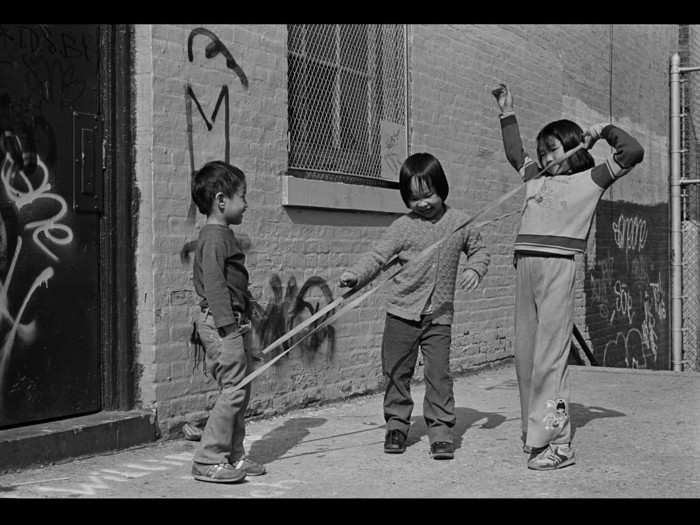
"With the passage of time, I see how my documentation of Chinatown life can both communicate what it felt like to live in Chinatown at that time and inform our current societal discussion of immigration," he said.
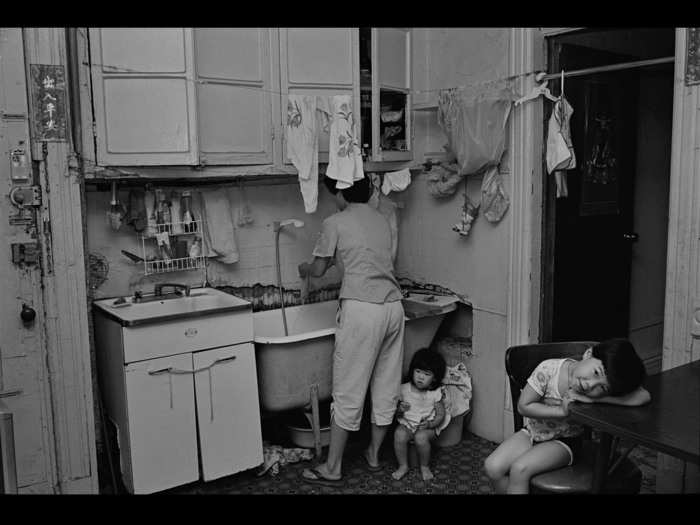
Through rediscovering the work and realizing its new importance, Glick hopes his work takes on new life.
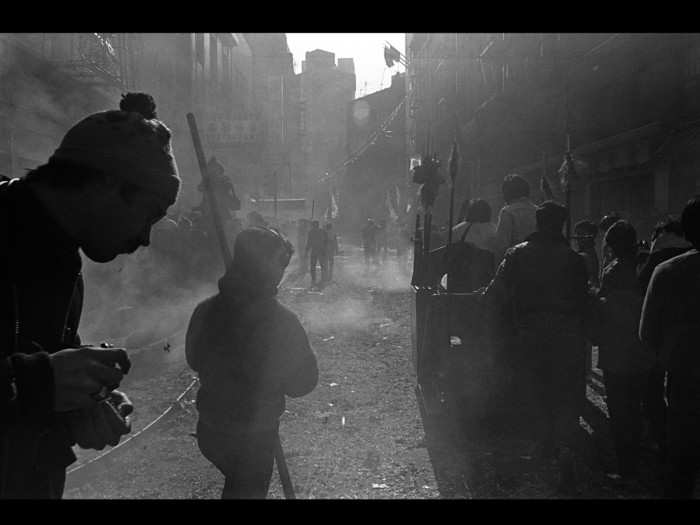
"This work sat in boxes in my closet for years. I don't want it to disappear," he said.
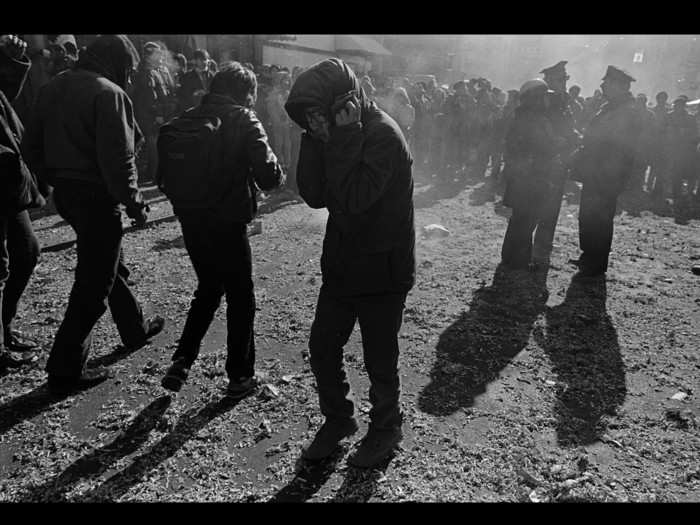
Instead, Glick plans to turn the photos into an exhibit or book.
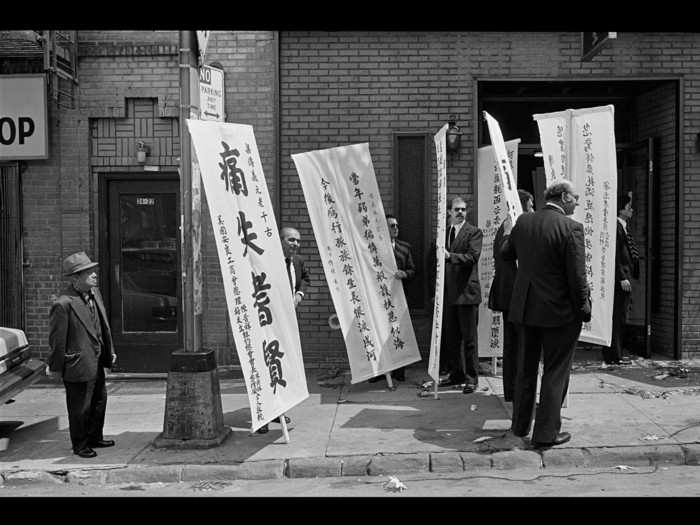
"I think that exposure to the reality of other peoples' lives always challenges our preconceived notions and can open our minds to seeing the world from someone else's point of view," Glick told us.
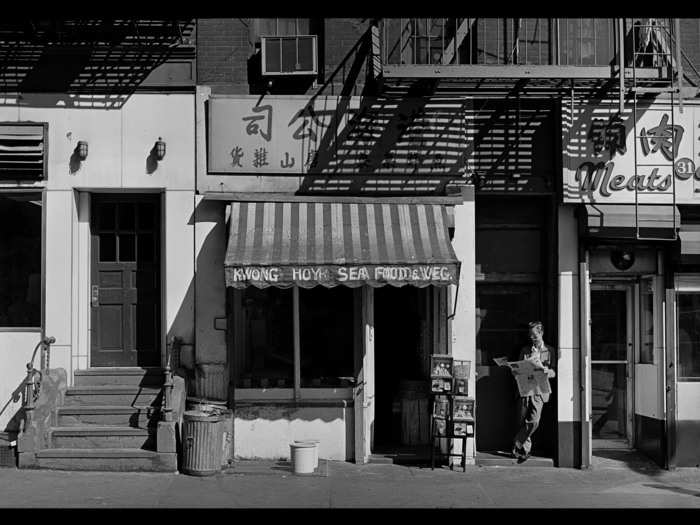
You can see some of Glick's work for yourself in person, as select photos are permanently on display in the Museum as part of the historic exhibit.
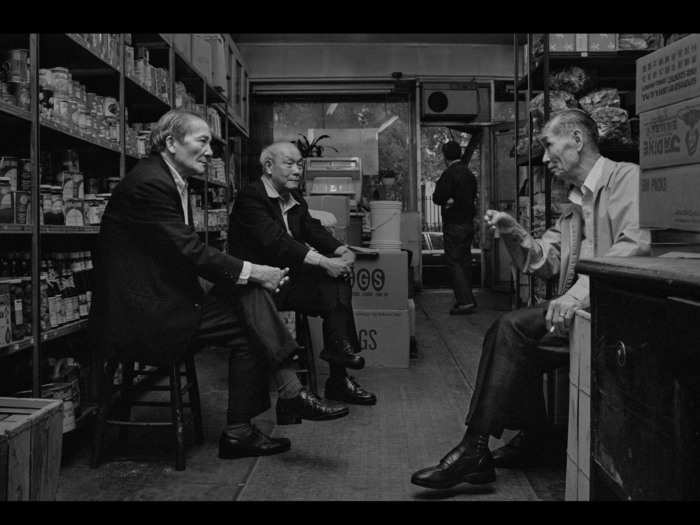
Looking for more amazing photography?
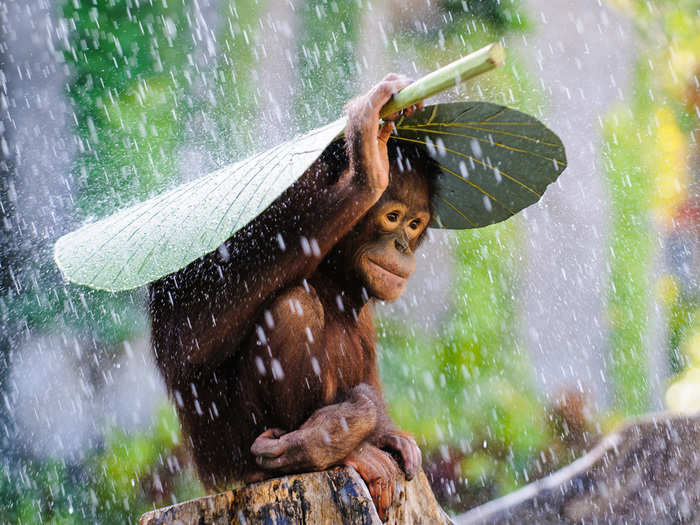
Popular Right Now
Popular Keywords
Advertisement